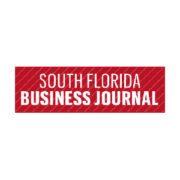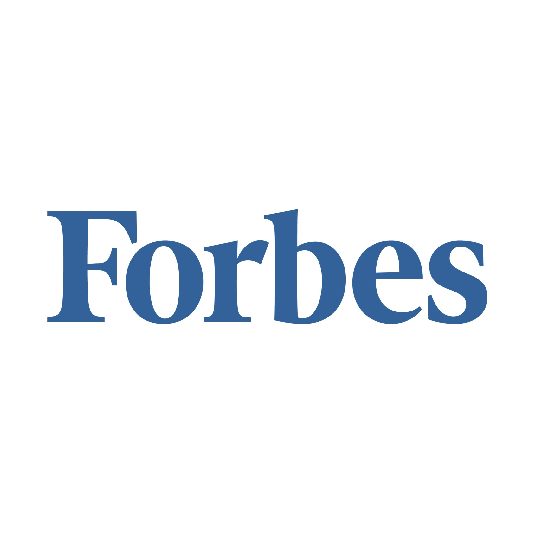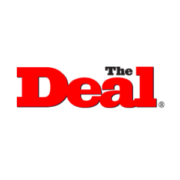How Small Businesses Can Prepare for Impending Inflation
By Adam C. Uzialko
If you watch or read the news, you’ve noticed more references to potential inflation on the horizon. Inflation means the purchasing power of a dollar has decreased; put simply, there is a general increase in prices for goods and services.
Naturally, as a small business owner, increases in prices affect you, but if you’re not a board member of the Federal Reserve, there’s not much you can do about inflation, right?
On the contrary, staying aware of inflation and anticipating its impact on your business is key to crafting a comprehensive strategy to retain customers despite rising prices across the larger economy.
Inflation isn’t inherently good or bad
The first thing to take note of is that inflation isn’t good or bad; that’s a matter of perspective. For some businesses, inflation could be a bad thing, forcing businesses to raise their prices and contributing to a loss in customers. For others, it could be a benefit, spurring activity in their industry that would otherwise occur elsewhere if prices were lower. Moreover, the level of inflation matters; a little bit might be desirable, while too much could grind consumer spending to a halt and send the economy into a tailspin.
“Inflation can hurt some small businesses while providing a boost in profitability to others,” said Jeff Miller, a realtor for AE Home Group, who used
his industry as an example. “Inflation in real estate causes an increase in home prices as new construction becomes too expensive and an increase in demand is met by a stagnant housing inventory. This is great for real estate agents who will then earn commissions on higher sale prices.”
On the other hand, Miller said, too much inflation has the opposite effect. If inflation rises too drastically and prompts the Federal Reserve to hike interest rates, it could reduce the demand for home loans, which would become more expensive as a result. If that were to happen, he said, small real estate businesses would feel the sting.
Inflation can also sometimes signal that an economy is growing, and as long as wages are rising along with inflation, it shouldn’t be a bad thing that will hamper consumer spending. In other cases, too little inflation could mean an economy is stagnating. While nobody likes rising prices, everybody likes a growing economy. Managing inflation, and our collective expectations surrounding it, is the real key.
There are things you can do before raising prices
While inflation means the purchasing power of a dollar has decreased, it doesn’t necessarily mean you have to (or should) raise prices right off the bat. Even if you have to raise prices, you can balance increases with cost reduction to keep hikes manageable over time and avoid shocking the market. Drastic increases scare your customers off, while gradual, measured increases are often expected.
“From a business perspective, what drives increased costs?” said James Cassel, founder of investment banking firm Cassel Salpeter & Co. “Labor costs are starting to go up a bit, service costs are starting to go up. If you’re a manufacturer, you’ve got your material costs [which are rising as the economy gets better.]”
While inflation is often the natural byproduct of a growing, healthy economy, it’s important to take steps to manage inflation ahead of time. You don’t want the rising costs of goods and services to eat into your profit margins, after all.
Cassel offered some tips for small businesses thinking about how they will deal with inflation.
- Consider productivity: One way to combat inflation without hiking prices is to figure out how to maintain the same levels of productivity with less staff. This is particularly useful when labor costs are what’s driving inflation, Cassel said. “If labor is going up, is there a way to do the same amount of business with nine people, instead of 10?” Cassel said. “Assuming there’s [resistance to raising your prices,] you’ve got to figure out how to take the same amount of people and produce more goods and services.”
- Implement new technology: In some industries, such as manufacturing, labor costs can be reduced through automation. This trend is largely underway as a means of staying competitive, Cassel said, but it can help curb rising costs. The same could be true in the fast-food industry, he added, where automated kiosks are reducing the number of in-store staff.
- Reduce material costs: Finding efficiencies wherever you can is a good thing. If you can get necessary materials at a reduced cost from a different supplier, for example, that could offset the effects of inflation, Cassel said. However, there is a danger in “going cheaper, as opposed to less expensive,” he added. “Where you have to be careful is cutting corners,” Cassel said. “If quality starts to fail, it becomes a bigger headache than the problem you had before, because that’s how you ultimately destroy the value of a business.”
How to raise prices the right way
Unfortunately, raising prices is inevitable. You can stave off hikes for some time, or reduce the impact to your customer base all at once by using cost- cutting measures, but there will always come a time when you must adjust your pricing.
“You can only do so much. At some point you have to see if you can raise your prices,” Cassel said. “Test it, bump your price and give your customers some notice, enough so they appreciate it, but not enough that they move elsewhere.”
How can you know when it’s time to increase your prices? Cassel suggested watching your closest competitors, knowing what they’re doing and then determining whether undercutting them will force you to sell at a loss or if your profit margin can support it. He also added that staying transparent with customers goes a long way, especially if you can find a way to add value to your product or service without increasing your costs.
“Be careful, pay attention,” he said. “Know your competition, know your customers, and be sensitive to their needs.”
Click here to view the original article.











